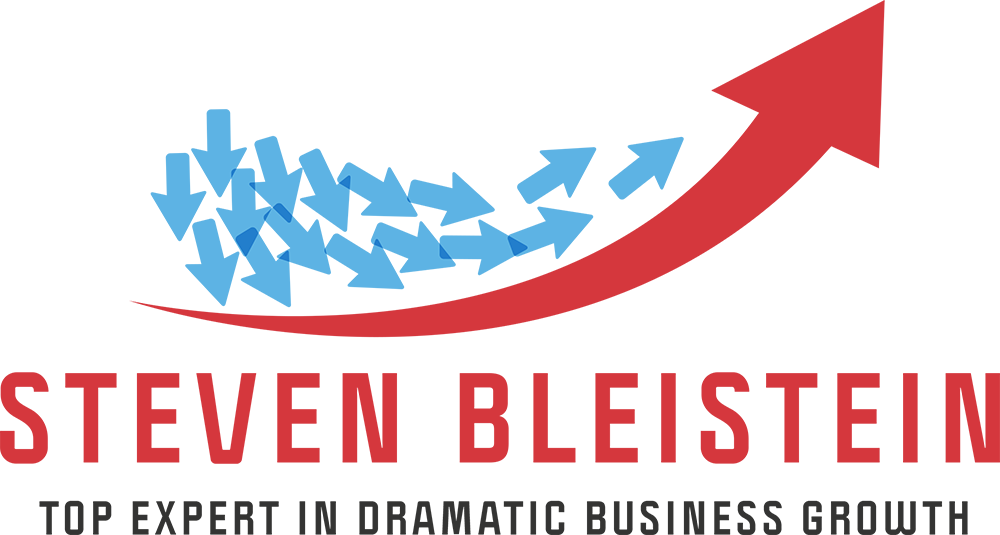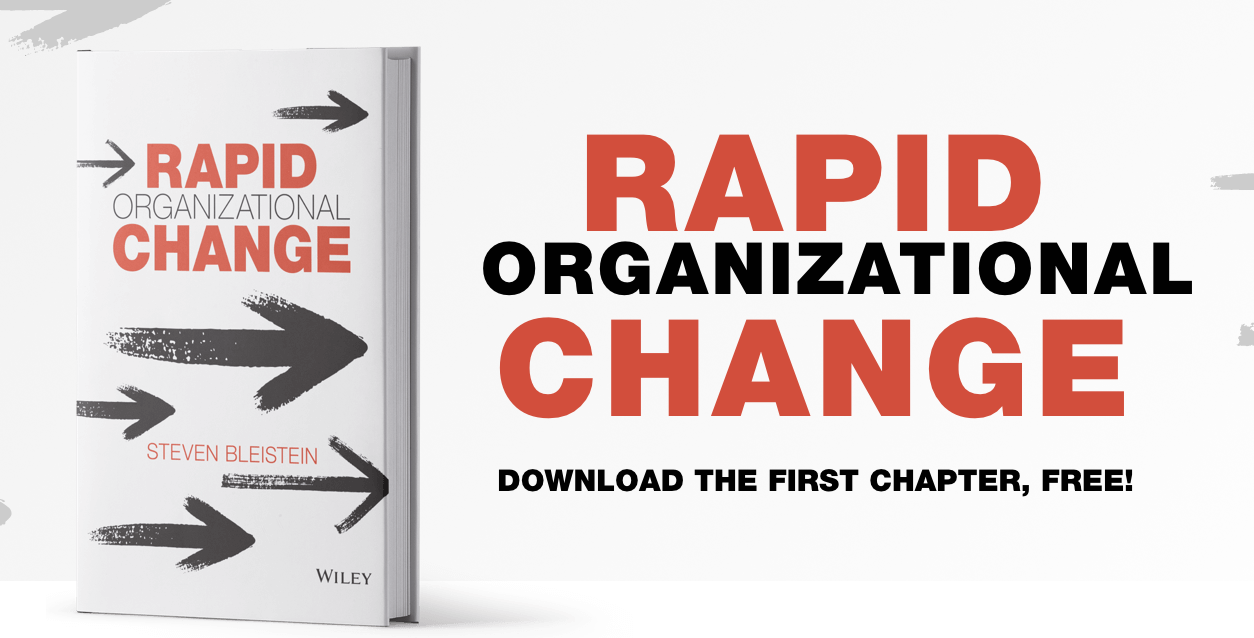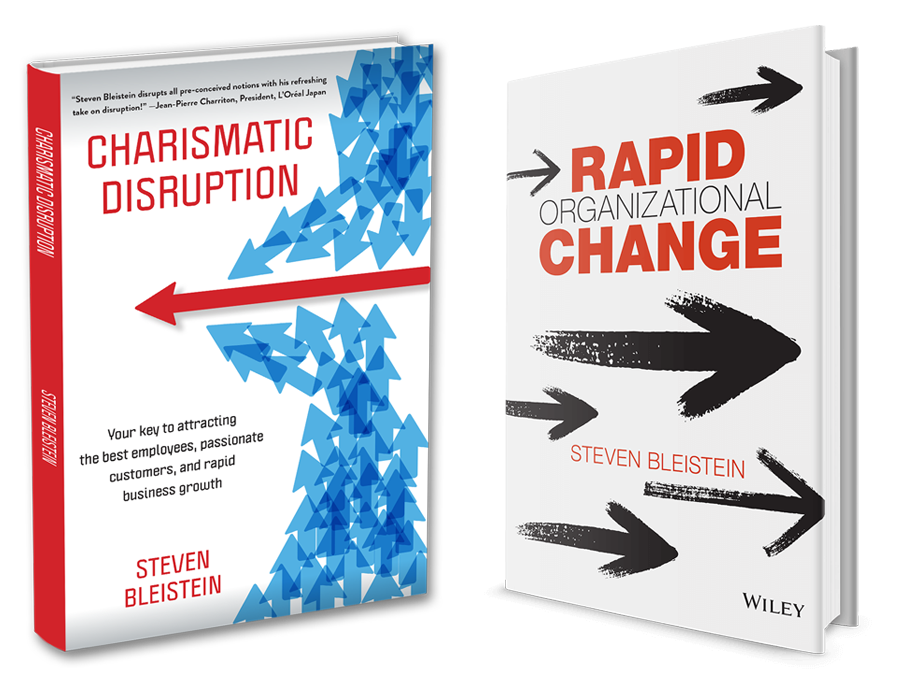If you want to increase productivity in your business, work less not more. A division of Microsoft Japan reduced the work week from five days to four, closing the office Fridays for everyone, and found productivity jumped forty percent! Yes, that’s right. Microsoft in Japan—not Microsoft in the United States or elsewhere. If Microsoft Japan can boost productivity in this way, so can you in your business.
It is not just by cutting the workweek that led to Microsoft’s success. Microsoft changed the way people work. In particular, Microsoft Japan imposed limits on internal meetings to no more than thirty minutes and no more than five participants, while also encouraging managers to contact people directly for a short conversations one-on-one whenever sufficient, rather than convening a meeting with multiple people.
Limiting meetings to boost productivity should come as no surprise. In my experience, employees and managers in companies when asked which activities place the greatest burden on their time and bear little or no result for the business, “internal meetings” are most commonly cited. A client company of mine imposed limits on internal meetings similar to Microsoft and got similar results. However, the managers in that company went beyond Microsoft, setting criteria for when to hold a meeting, and when not to.
What criteria? Simple. So-called “information sharing” is never sufficient justification to hold a meeting. The only reason to hold a meeting is to make a decision. If there is no decision to be made, then there is no need for a meeting. As such, a meeting agenda is never the topics for discussion or debate—which can drag on forever. A meeting agenda is always the decisions to be made. Decisions are what keep discussions focused and on track. Meetings end faster and with a tangible outcome.
In your business, how many meetings do your staff hold for which there is no decision to made?
When I have asked this question to clients who believe there are too many meetings in the company, the answers have ranged between half and ninety percent. What is the percentage in your company?
The first steps in dramatically boosting productivity in a business are often the most simple—not elaborate technical initiatives like digitization and application of artificial intelligence, the more pedestrian ones like business process improvement, nor even nebulous concepts of corporate cultural change. It is not that the kinds of initiatives don’t help with productivity increase. They do, if you do them right. However, before you begin to consider what you might start, consider practices that might simply stop.
The most rapid and dramatic gains in productivity often come from from stopping some of the simplest things—even in Japan. Anyone can do that, and so can you, as long as you have the resolve to do so.
The most rapid and dramatic gains in productivity often come from stopping some of the simplest things you currently do. Share on XMaybe you too can have a four-day workweek while boosting your business’s results. If Microsoft Japan can do it, why can’t you or anyone else?



